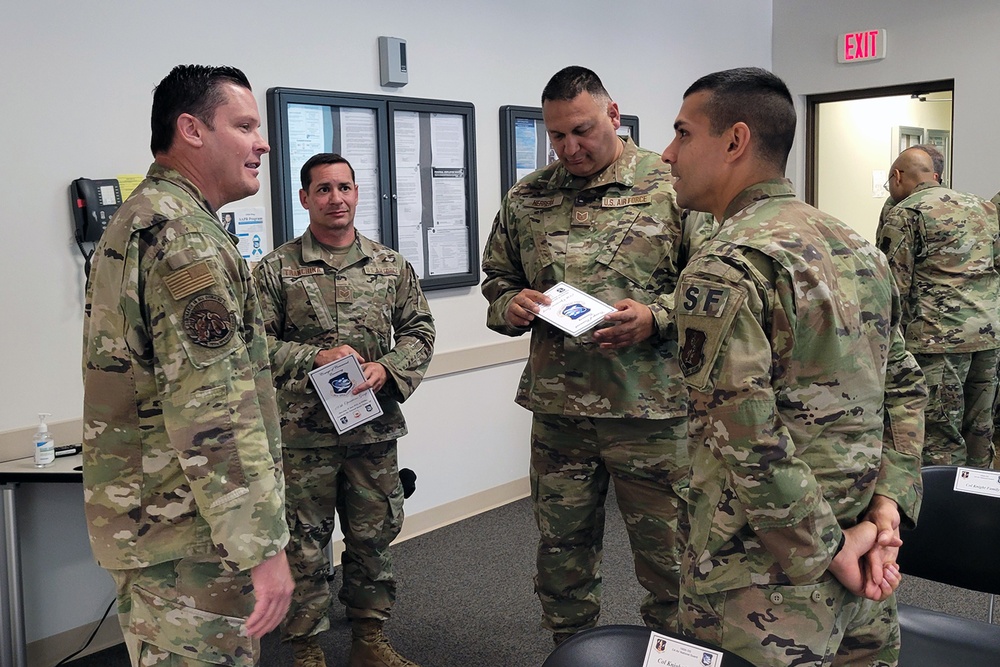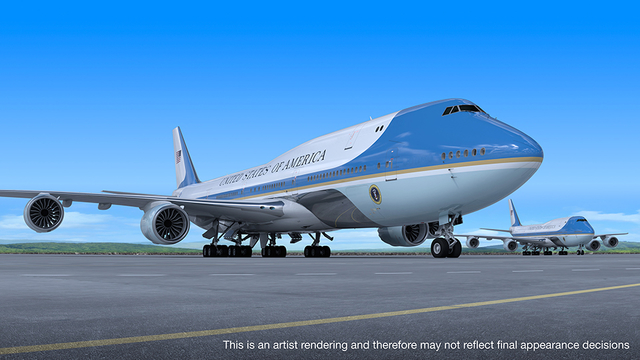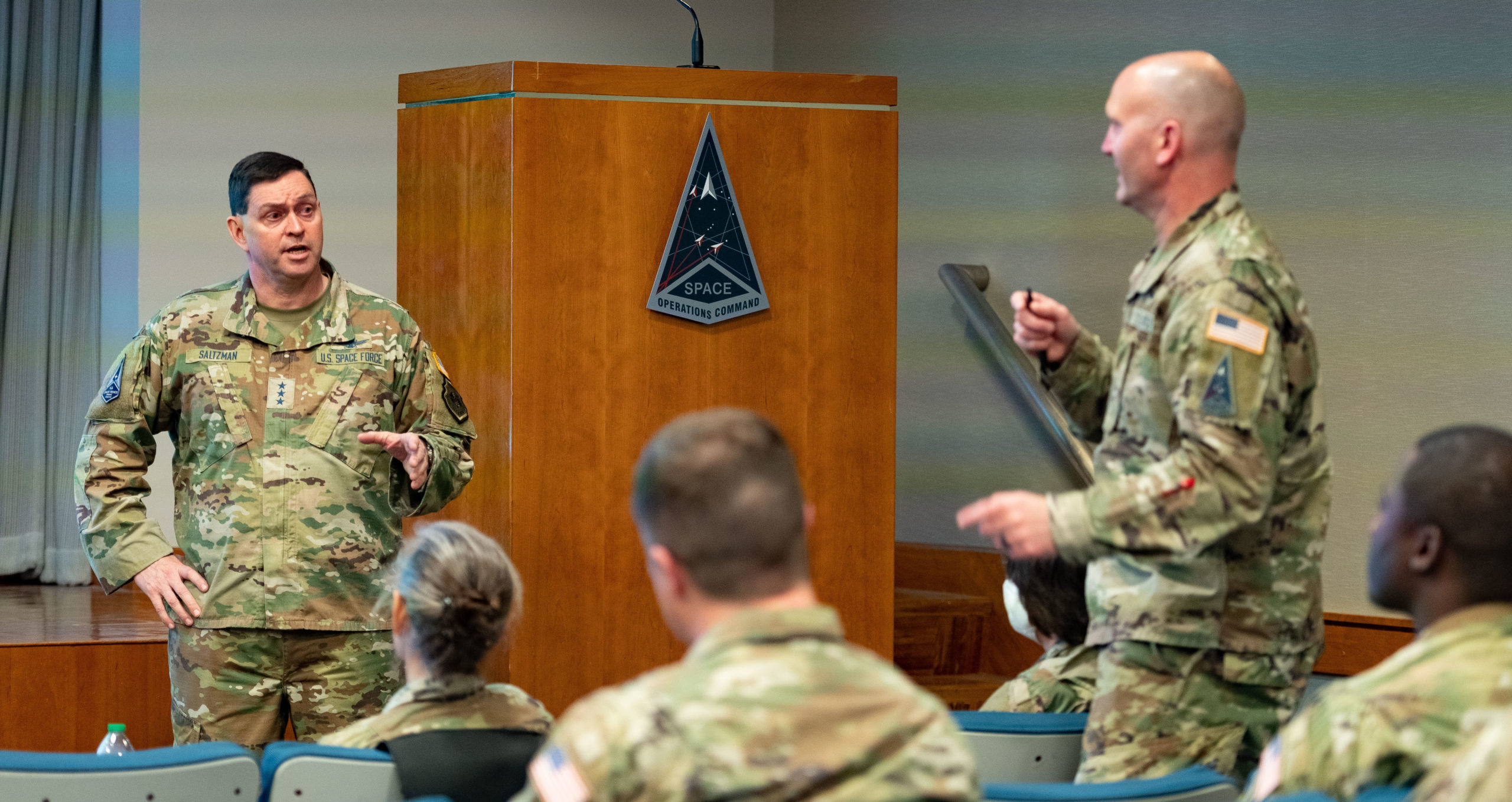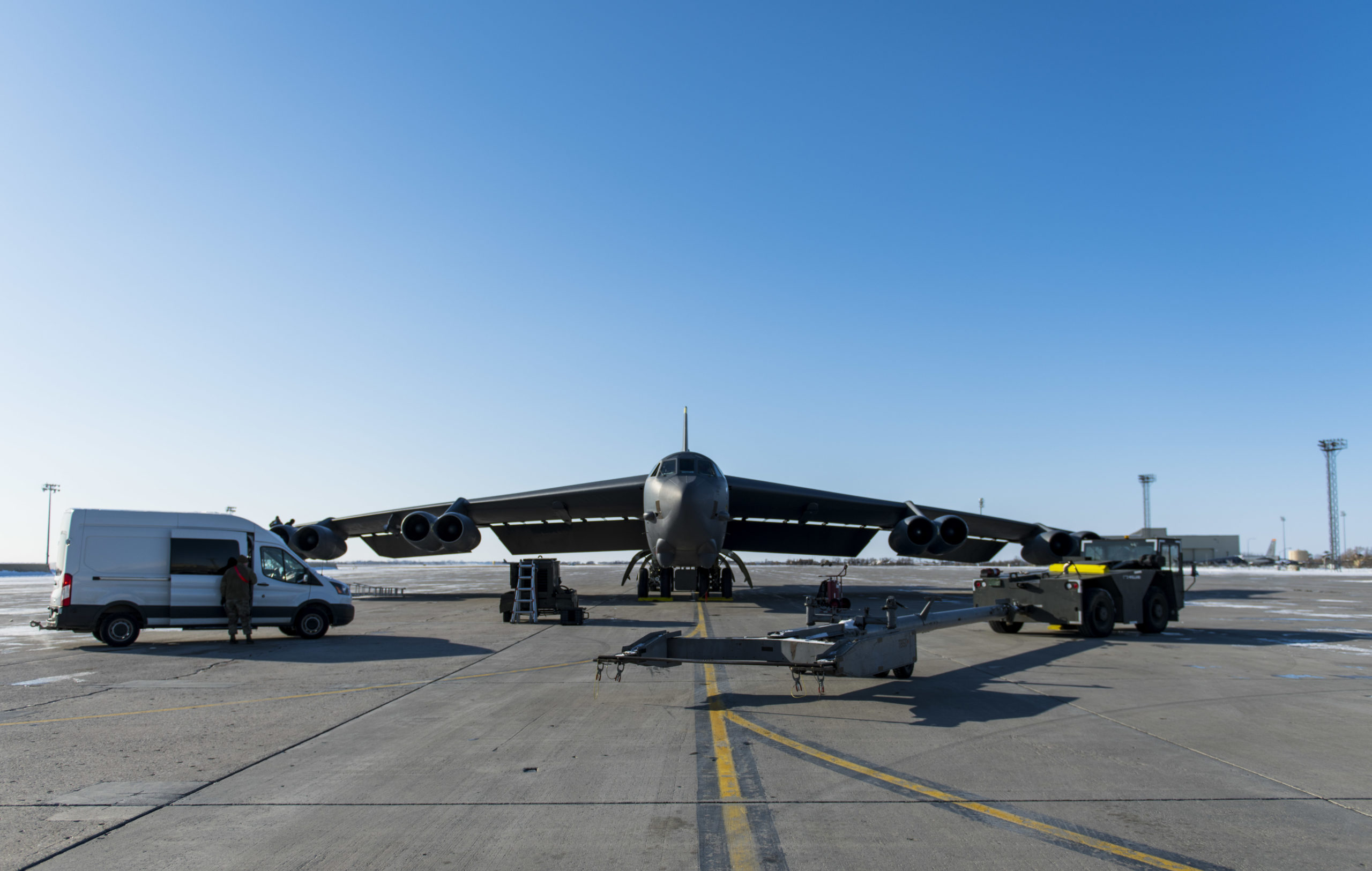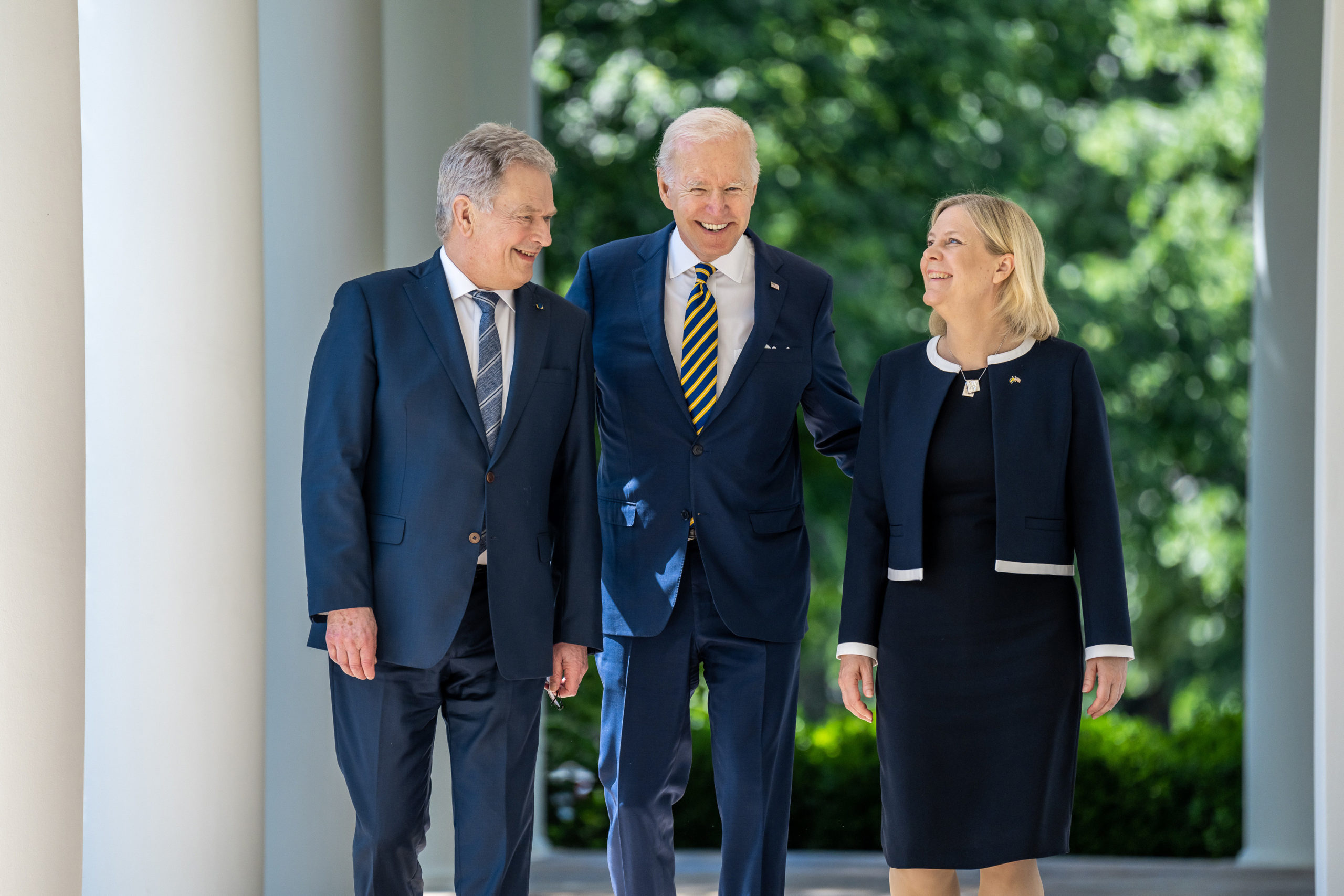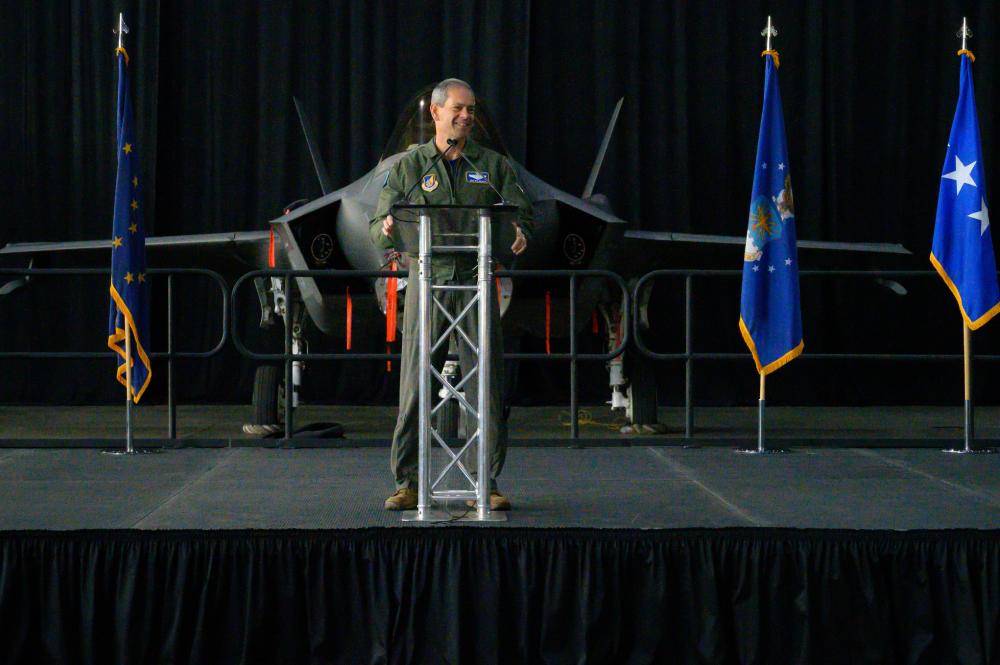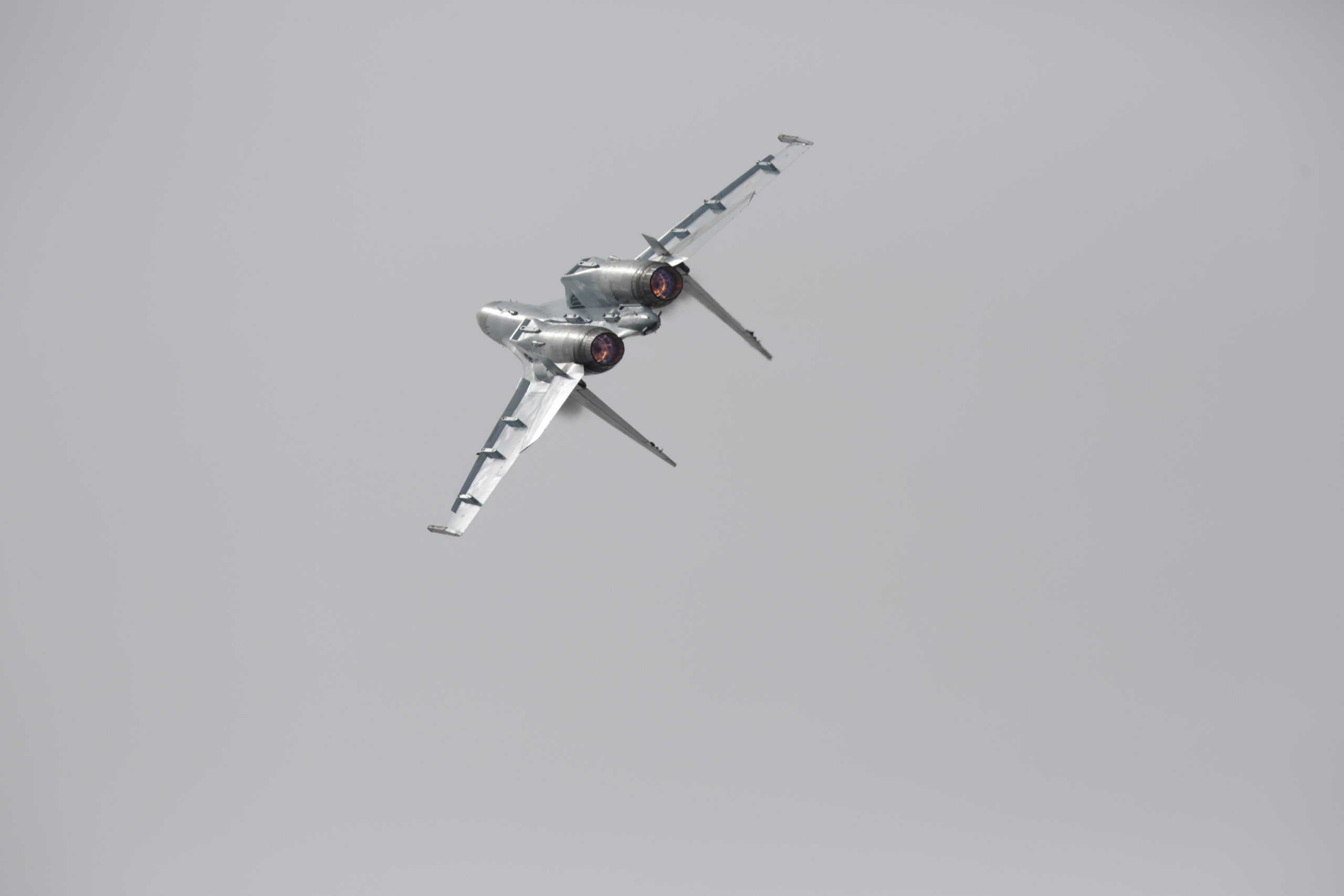If Congress doesn’t act to establish a Space National Guard soon, leaders in Air National Guard units with space missions will need to start having some difficult conversations with their Airmen.
That’s the warning from multiple commanders during a virtual event hosted by the National Guard Association of the United States, in which participants ratcheted up their push for a separate Space Guard—and argued that the Space Force’s alternate proposal isn’t sufficient.
But for now, the Space Force has settled on a construct called the “Space Component,” a hybrid full-time and part-time structure that would be unique in the military. Chief of Space Operations Gen. John W. “Jay” Raymond has told members of Congress that it is the service’s main legislative proposal this year as lawmakers begin to draft the 2023 National Defense Authorization Act.
Such a move on its surface would seem to be in line with Raymond’s mandate that the service remain “lean and agile”. But critics like Col. Jason Knight, commander of the 195th Operations Group in the California Air National Guard, say it would actually limit the Space Force’s flexibility and delay its development—and leave their Airmen out to dry.
“Our expectation, and the Guard Bureau’s expectation, is those individuals that are no longer in missions that support whatever they were—in my case, I’d have space electronic warfare and one satellite command and control unit that would go away—our expectation is those individuals need to be re-managed or repurposed,” Knight told reporters during a briefing May 19.
There are currently more than 1,000 members of the Air National Guard involved in space missions, spread across seven states and one territory—Alaska, California, Colorado, Florida, Hawaii, New York, Ohio, and Guam. If the Space Component becomes a reality, many would be left behind in the Air National Guard and forced to transfer to a mission different from the one they’ve been working on throughout their careers.
Such a scenario could play out soon, depending on how the 2023 National Defense Authorization Act turns out.
“I heard they, they being the Space Force, were given direction to plan for FY 2025 when they needed to have everything converted over,” Knight said. “ … If that’s the case, then these moves will be happening probably by this summer, right? If this summer we don’t see it in the NDAA, then we’re going to have a problem.
“The problem for me is I’m going to have to go and talk to my Airmen about, ‘Hey, I’m sorry, we don’t have a job for you here in space. We’re going to have to find something for you.’ That’s going to, obviously, result in probably a lot of folks wanting to leave and move on to something different, which is not a good thing for the nation, I would argue.”
The alternative would be to have the Guardsmen transfer into the Space Component. But the ANG commanders warned that such a move would hurt their states’ Guards and discourage service members who serve in part to support Guard missions like disaster relief or humanitarian aid.
“While supporting the federal mission of homeland defense on full-time status, on different occasions I’ve had the opportunity throughout those years to also support my state through multiple disasters—hurricanes, wildfires, pandemic response, and also travel to other states to support,” Brig. Gen. Michael A. Valle, commander of the Florida Air National Guard, said during a recent virtual Schriever Spacepower Forum event hosted by AFA’s Mitchell Institute for Aerospace Studies. “That … is what space professionals in the Air National Guard do today and can continue to do so if we establish a Space National Guard: We can conduct and do the mission while being available to support our state and our country.”
In testifying to Congress, Raymond has laid out an alternative to both a Space National Guard and a Space Component—maintaining the status quo and continuing to have the Air National Guard provide support for the space mission.
But Col. Michael Bruno, chief of the Joint Staff for the Colorado National Guard, said that idea is a nonstarter.
“If we keep the status quo and the Air National Guard space mission stays in the Air Force, the problem becomes increased bureaucracy, the man hours to find the workarounds, specifically when it comes to funding,” Bruno said. “Because the U.S. Air Force is focused on [the mission of] ‘fly, fight, and win.’ … They no longer do space missions. That has already moved on to U.S. Space Force. If they have an organization underneath them that is still fighting space missions, and their mission is to fly, fight, and win, we’re not going to get the same needed funding to continue our missions and that bureaucracy of going through the Air Force to get to U.S. Space Force is just going to keep increasing, and it’s just going to cause problems at the national level.”
Air National Guard space leaders have repeatedly referred to their units being “orphaned”—left behind by the Space Force and without any corresponding unit left in the Air Force. And beyond the logistical and bureaucratic challenges that poses, there are implications for individual Airmen, said Col. Adam Rogge, commander of the 233rd Space Group in the Colorado Air National Guard.
“I want all of my enlisted Airmen to look at a chief master sergeant and say, ‘I can make it to that rank. There’s plenty of opportunity for me to do that in this service.’ I want my lieutenants to look at Mike Bruno and Jason Knight and say, ‘I can make it to colonel, I can make it to brigadier general,’” Rogge said. “If we continue to be a one off, it’s an untenable situation … if you think about, what are the opportunities for leaders?”
Help could be on the way in the form of legislation backed by a dozen Senators to establish a Space National Guard, but that proposal may face opposition from critics who point to a White House Office of Management and Budget statement of administration policy saying a Space Guard would cost up to $500 million annually.
That estimate is inaccurate, ANG leaders argued, based on the assumption that a Space Guard would require new facilities and layers of bureaucracy. In actuality, they say, the cost of a Space Guard is only several hundred thousand dollars—enough for cosmetic changes such as name tape, unit flags, and signs.
“These future space Guardians would continue to accomplish their mission in their current facilities with their current equipment,” Bruno said.
